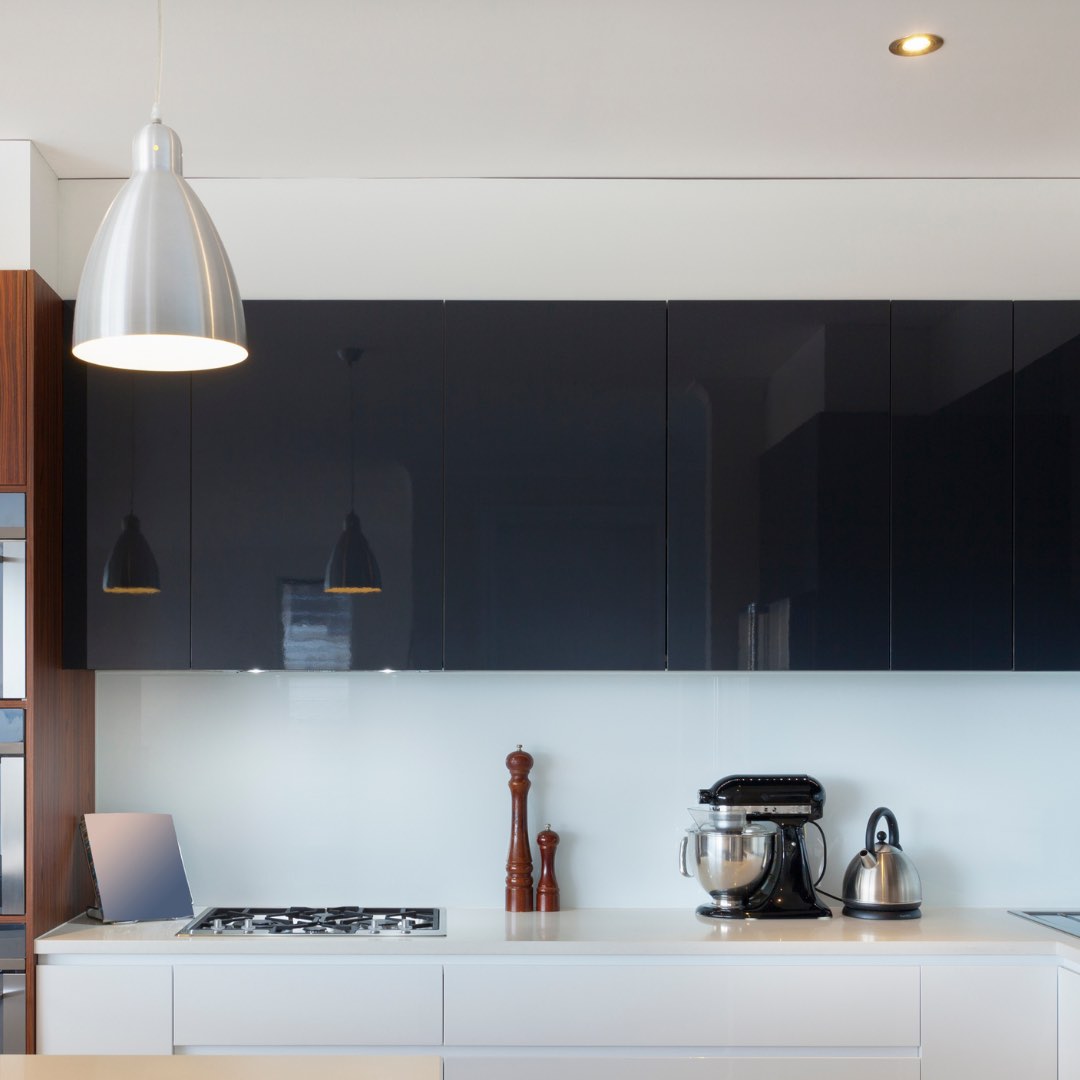- - Updated at
- Tiziano B.
- Guides
- 84473 views
In this article, I want to talk to you about a topic that might seem simple, but hides quite a few pitfalls: the installation of the kitchen hood and, more specifically, the hood's ducts.
As a technician specialized in this field, over the years, I have encountered recurring errors in the installation of the ducts and in the design of the exhaust holes; problems that could jeopardize the suction efficiency.
For this reason, I want to share with you some essential advice to do a professional job and avoid the most common mistakes.
Things to know: Ventilation ducts are present in extractor hoods, not in filtering hoods.
Do you need to install an extractor hood? Click here!
Do you already have an extractor hood? Keep reading!
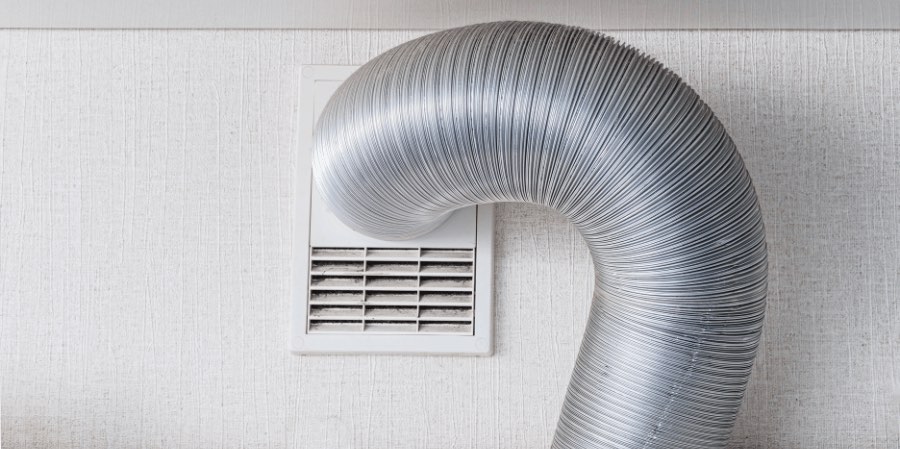
How to understand if the duct is installed correctly
If you want to ensure that the kitchen hood duct is installed correctly, you should check that air, odors, and fumes are properly extracted and channeled outside.
If you notice that fumes and odors tend to linger in the environment even after short cooking periods, in addition to being a sign of possible filter obstruction, it could indicate that the duct has not been installed correctly or that the diameter of the ducts is too small. Similarly, an increase in noise or vibrations may indicate a problem with the installation or obstruction of the duct, requiring intervention.
An adequate installation will not only ensure that your kitchen air is cleaner and safer, free from harmful substances, but also optimal efficiency of the device.
So, what are the best practices for installing kitchen hood ducts? Let's see in the next paragraph.
Best Practice: Sizes of the Ducts and the Kitchen Hood's Exhaust Hole
To ensure the highest efficiency of extractor hoods, there are two elements to pay particular attention to when installing kitchen hood ducts:
- The sizes of the ducts
- The dimensions of the exhaust hole
Adhering to these dimensions is crucial to optimize the hood's performance, reduce noise levels, and ensure proper evacuation of smoke, odors, and steam.
→ GENERAL RULE: the diameter of the duct MUST NEVER be smaller than the diameter of the exhaust hole. If the duct happens to be larger than the hole, it can still be adapted. But beware! Any modifications or constrictions at the exit negatively affect the flow of fumes, preventing the hood from functioning properly.
Sizes of the Ducts
- Adequate Diameter: The duct diameter should be at least 12 cm. This ensures proper suction and reduced noise.
- Tube Length: The overall length of the duct should not exceed 6 meters, and each bend counts as one meter to maintain the hood's efficiency. Remember that every curve or constriction in the duct equates to a change in the path that the air must travel, and this can compromise the hood's suction effectiveness. Generally, it is recommended not to exceed a total length of 6 meters and to limit the number of bends - which count as one meter each - to no more than two.
Sizes of the Exhaust Holes
- Matching the Duct: The exhaust hole should have a minimum diameter of 12 cm. Ideally, a diameter of 15 cm is preferred, and 17 or 20 cm is even better.
- Placement: The exhaust hole should be positioned as high as possible, to take advantage of the natural tendency of heat and fumes to rise, thereby improving the efficiency of the extraction.
Practical examples and advice to avoid installation errors:
- If the duct diameter is larger than the hole diameter, reducers can be used, with caution never to reduce more than 20% of the diameter, as it significantly decreases the hood's performance and increases noise.
- The hole diameter must be larger than 10 cm.
Before proceeding with the installation of the exhaust duct, it's important to choose a duct with an appropriate diameter: between 12cm and 15cm or larger, if possible. Next, use the duct's outline to accurately mark the vent position on the wall. Remember to position the duct as high as possible to promote the natural flow of fumes upwards.
Place fittings or check valves where necessary. You will find a detailed discussion on these two elements in the paragraphs below.
4 Mistakes to Avoid in Duct Installation:
- Choosing the Wrong Duct: Using ducts with an inadequate diameter or inappropriate material can compromise the efficiency of the hood.
- Ignoring the Duct Path: Tight curves or excessive angles can hinder airflow and reduce the effectiveness of the hood.
- Failure to Check Alignment: Installing the hood without first ensuring everything is correctly aligned can lead to installation problems or reduced functionality.
- Not Performing a Test Run: Failing to test the hood to make sure it operates correctly and not checking for air leaks or issues with the fan.
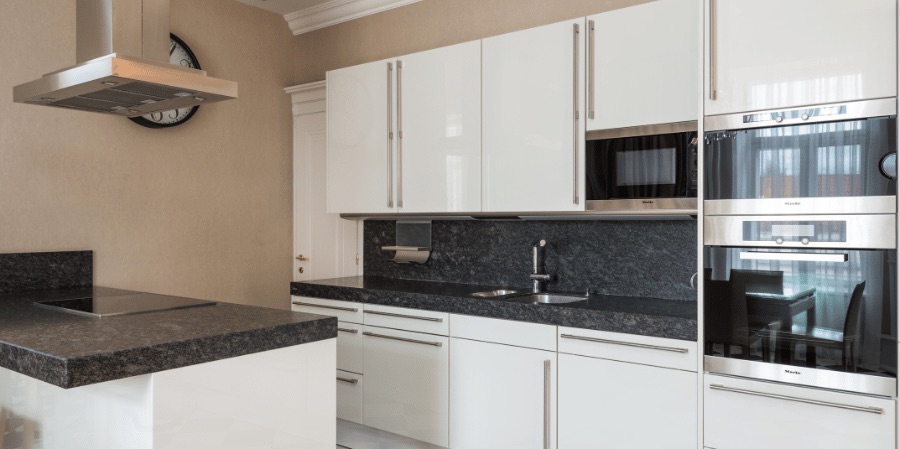
Connectors and non-return valve for kitchen hoods
To address the difference in diameter between the hole and ducts and to prevent fumes from re-entering the kitchen, it's crucial to install fittings and non-return valves.
Fittings are extremely useful when the exhaust hole and duct have different sizes. In these instances, they act as reducers or adapters, enabling efficient air ventilation from the hood.
The non-return valve, on the other hand, opens when the hood is turned on and automatically closes when it's turned off, preventing outside air from entering the kitchen.
With these two components, you'll ensure that your hood operates efficiently and avoid unpleasant entries of cold air or odors from outside.
How to hide the hood ducts
Now that we've talked about ducts and how to make your hood efficient, I'd like to address a question I often get asked in consultations: is there a way to hide the hood ducts?
The answer is yes. There are various ways to mask the ducts and to keep the aesthetics of your kitchen clean and organized. Here they are:
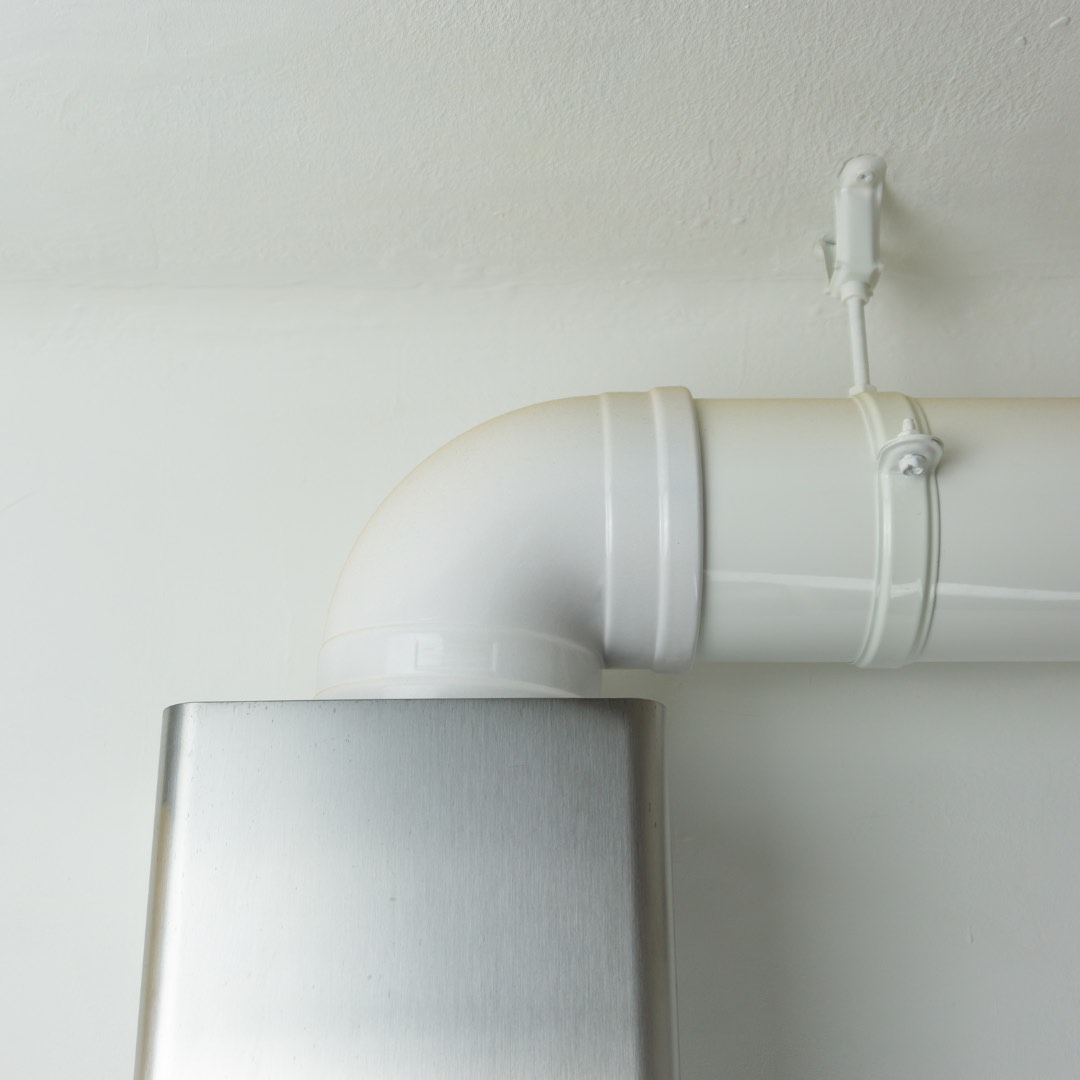
2) Paint the duct with paints that camouflage with the wall, thereby masking it and making it less impactful.
3) Use shelves or cabinets to conceal the ducts. This solution not only effectively masks the duct but also offers additional space for storage or displaying decorative items.

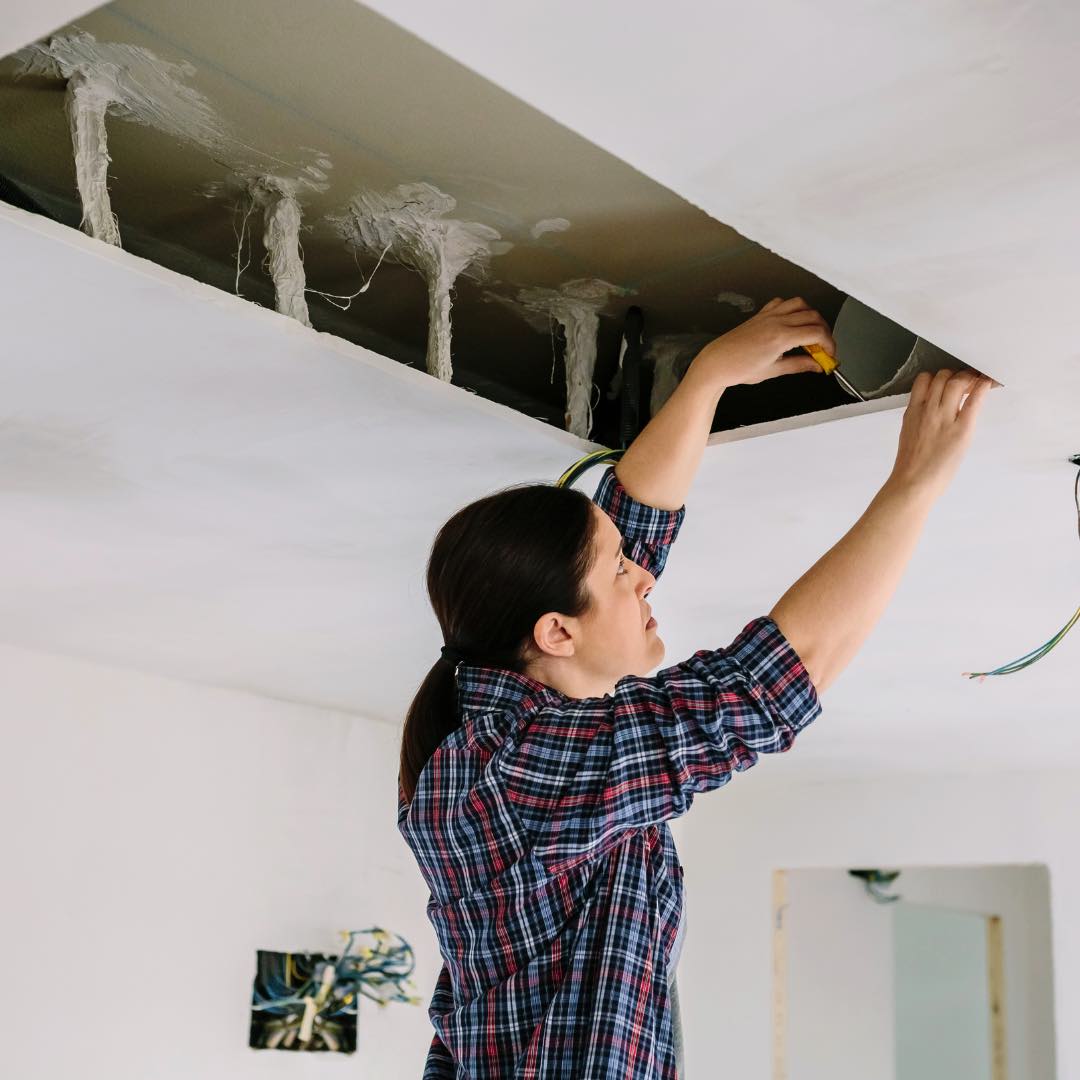
4) Creation of a false or lowered ceiling. This can be an elegant solution to hide the ducts and install spotlights to illuminate the kitchen, thereby improving the overall design of the kitchen.
And the ductless hood?
"What if I wanted a hood without a duct?"
In addition to the conventional extractor hood that vents fumes outside through ducts, there are also more discreet solutions in terms of visual impact.
- The ductless hood, also known as a recirculating hood or filtering hood, is a solution for kitchens where installing an external ventilation duct is impossible or complicated. This type of hood draws in air, purifies it from fumes, grease, and odors through activated carbon filters, and then recirculates it back into the room.
- Hoods over the cooktop are the latest generation of design hoods that feature a smoke extraction point directly in the cooktop. This innovative solution can be installed either as an extractor or a filtering version, depending on the needs.
Need help?
If you need information on duct installation or need to determine if your hood has a suction problem, contact us!
I will personally respond to each of your requests, aiming to provide you with quick and effective support!

